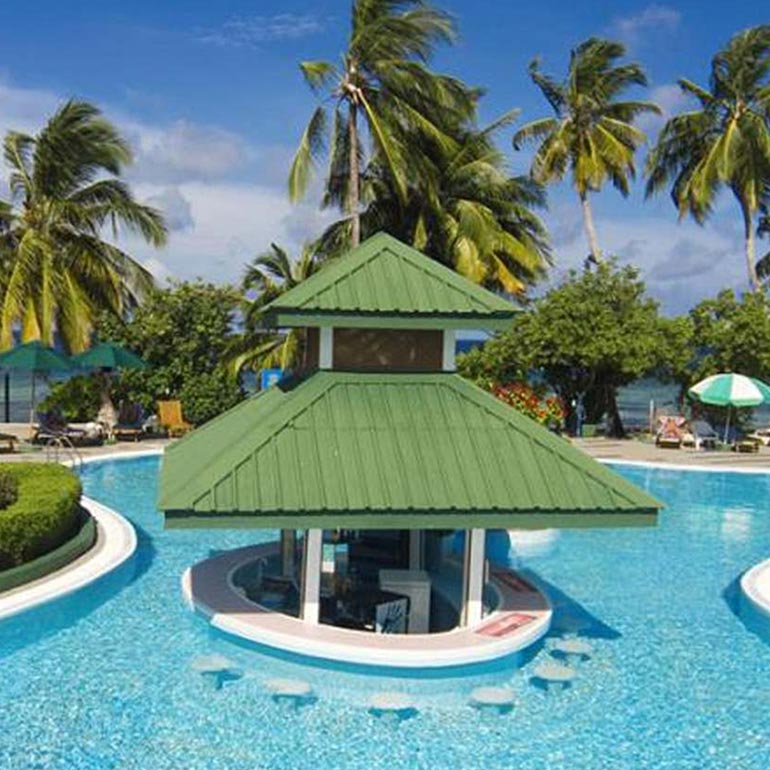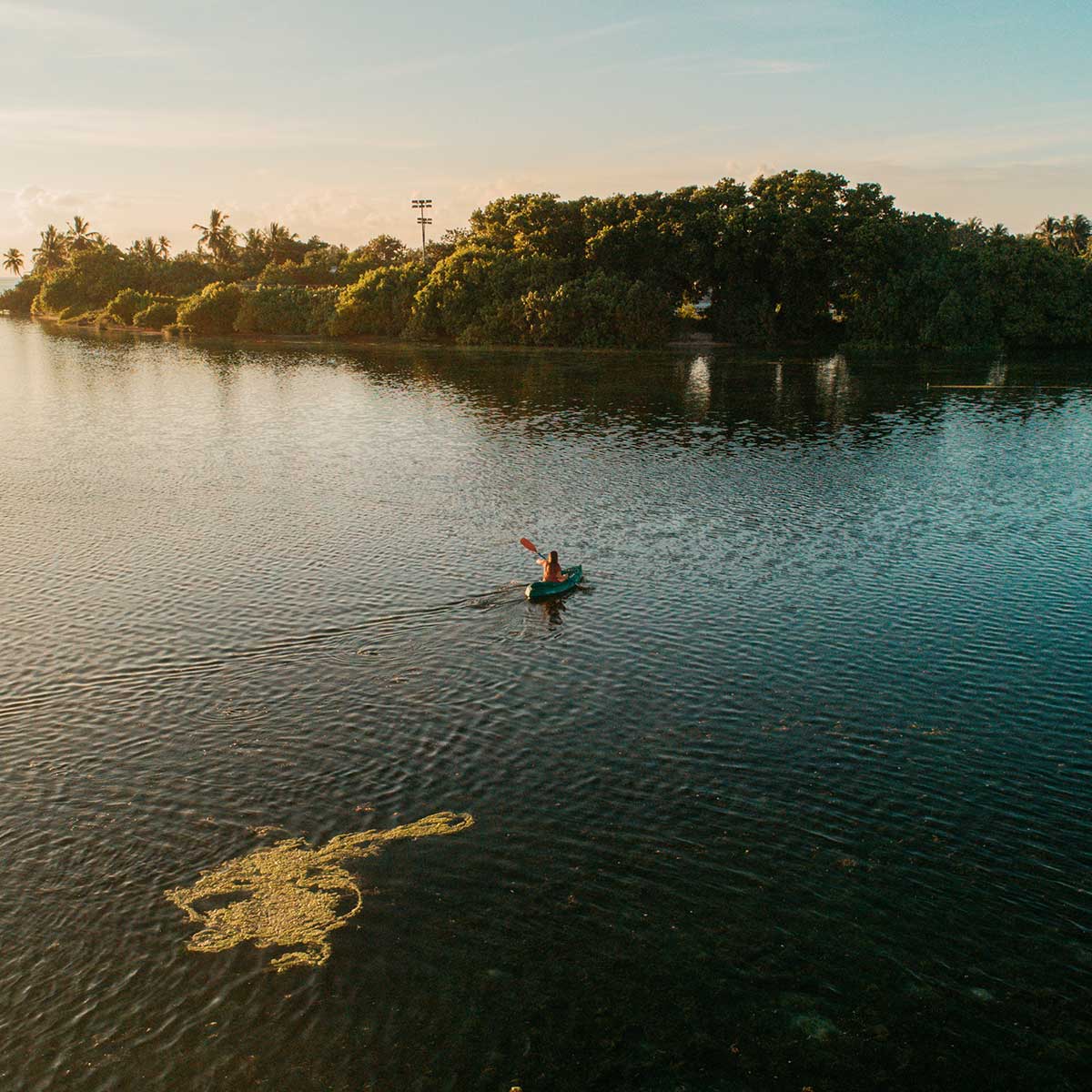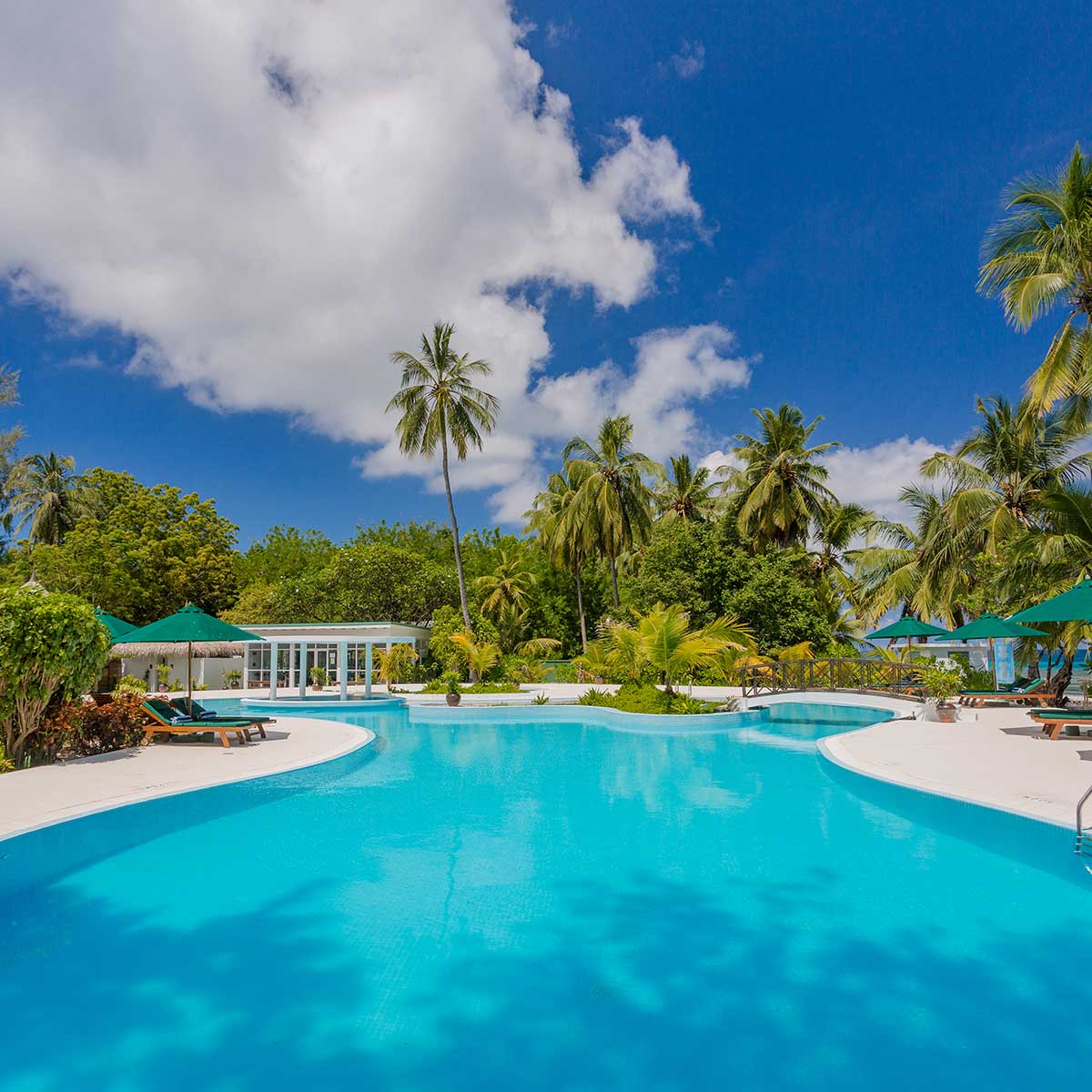Quintessentially Maldivian: The coconut Palm
When we imagine the Maldives, the first things that often come to mind are the white sandy beaches, the crystal-clear waters and the glorious sunshine. It’s beautiful, yes. But this picture isn’t complete without the coconut palm, contrasting the white and blues with a luscious green and muted browns.
The coconut palm is rooted in Maldivian identity, and its status as the national tree underscores its cultural significance.
Since time immemorial, Maldivians have used various parts of the tree as food, to build homes and boats, and to make cultural items.
The nutrient heavy coconut meat continues to be used as an essential part of local dishes, including our favorite Maldivian breakfast, mashuni.
The strong coconut timbers were used to make the traditional dhoni sail boats, while coconut husk fibers were tightly woven together to make coir rope that was used for mooring and fishing. Meanwhile, the leaves of the coconut tree and the sturdy stem in the middle were used to make baskets and utensils. Dried palm leaves were used until the middle of the 20th century on roofs and walls to provide shelter.
We mustn’t forget the thirst-quenching and delicious coconut water, the perfect drink for the sunny, tropical locale.
So the next time you are in the Maldives, grab yourself a coconut and discover first-hand the beauty and versatility of the coconut palm – the quintessentially Maldivian tree.






